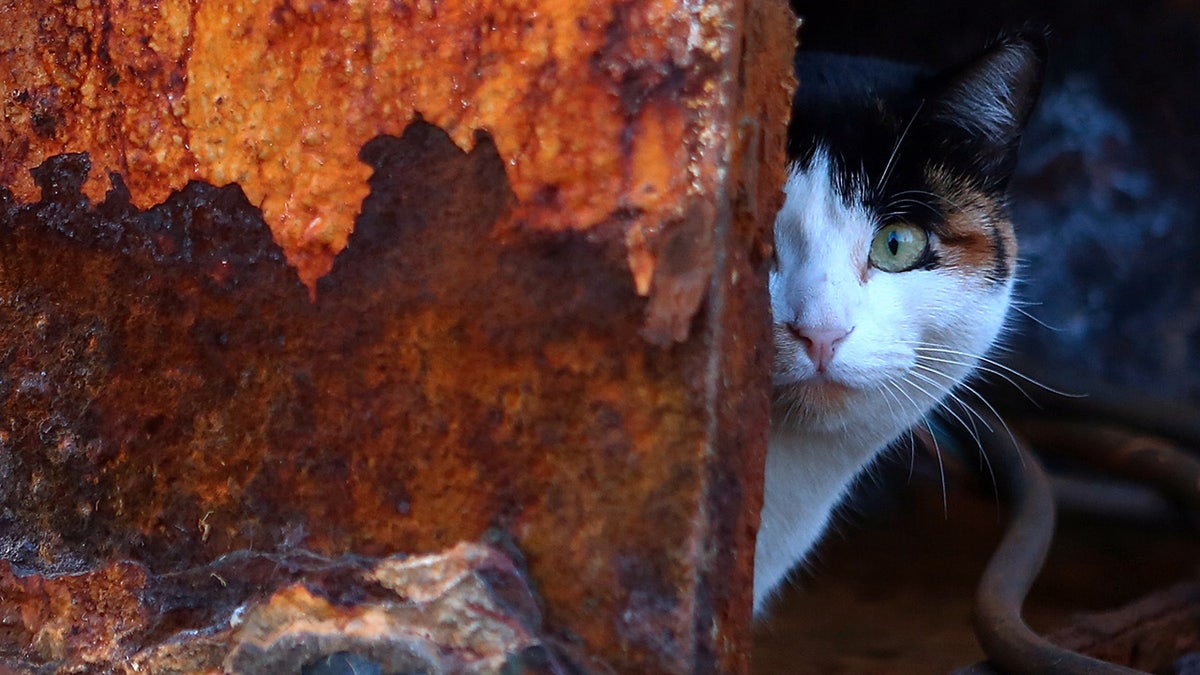
Ancient Felines on a Spanish Shipwreck: Unearthing the Earliest Cats in the United States
For millennia, the enigmatic presence of cats has intertwined with the story of humankind. A recent study sheds new light on this enduring relationship, suggesting that the earliest domestic cats in what is now the United States may have arrived aboard a Spanish ship that sank nearly 500 years ago. These feline pioneers, discovered within the wreckage of the Emanuel Point II, a Spanish conquistador vessel, offer a fascinating glimpse into the early days of European exploration and the role cats played in the lives of sailors navigating the vast Atlantic.
The study, published in American Antiquity, focuses on the remains of two cats, an adult and a juvenile, unearthed from the Emanuel Point II shipwreck. The ship met its watery end during a hurricane in 1559, sinking in Florida’s Pensacola Bay. Discovered in 2006, the shipwreck has yielded invaluable insights into 16th-century maritime life. The discovery of the cat remains, however, adds an unexpected and compelling dimension to our understanding of this historical period.
The researchers emphasize that cats were commonly brought aboard ships to control rodent populations. Rats and mice, notorious for infesting ships’ holds, posed a significant threat to food supplies and the overall health of the crew. Cats, with their natural hunting instincts, were therefore seen as essential members of the ship’s company, diligently working to keep these pests at bay. This practical purpose, however, may not have been the only reason for their presence.
Interestingly, despite their ubiquitous presence throughout human history, cats have often received less archaeological attention compared to other domestic animals like dogs. The study highlights that cats’ independent nature limits direct insight into human societies. Unlike dogs, whose lives are often deeply intertwined with human activities, cats tend to maintain a degree of autonomy, making it more challenging to infer their specific role within a community through archaeological evidence alone.
The analysis of the Emanuel Point II cat remains, along with other historical cat remains, revealed a surprising variation in size. The study found that cats ranged dramatically in size from normal house cats to much smaller individuals. This variation could reflect differences in breed, diet, or environmental conditions during the cats’ lifetimes. Further research may be needed to fully understand the factors contributing to these size discrepancies.
Perhaps one of the most intriguing aspects of the study is the analysis of the adult cat’s diet. Through chemical analysis of the remains, researchers determined that the cat did not primarily rely on rats for food. Instead, its diet consisted mainly of fish and possibly domestic meat. This finding suggests that the cat may have been provisioned by the sailors, either because the rodent population on board was insufficient to sustain it or simply out of a sense of care and companionship.
The arrival of cats in the Americas coincides with the arrival of Europeans. As the study notes, cats are not native to the U.S. and are believed to have originated in the Middle East. They were likely introduced to Europe for pest control and subsequently brought to the Americas by European explorers and settlers. The introduction of these animals had a significant impact on the ecology of the New World.
Rats, another invasive species, were unintentionally introduced to the Americas by European ships. Cats, naturally following their prey, would have played a role in hunting both native and invasive pests, further shaping the ecological landscape of the region. Early cat remains have also been found in other colonial settlements within the U.S., including St. Augustine, Florida, and Jamestown in Virginia, and were potentially aboard the Mayflower.
John Bratten, an anthropologist at the University of West Florida and co-author of the study, offered a personal reflection on the discovery. He remarked on the possibility that the cats aboard the Emanuel Point II were not merely pest control agents but were also cherished companions, perhaps even considered pets. The fact that the cats ate a similar diet to the sailors, consisting of fish and possibly domestic meat, suggests that they were being fed intentionally, either because of a lack of rats or out of genuine kindness.
"It was interesting to think about the idea of the cat being a pet or one that was looked after by the Spanish sailors," Bratten told Live Science, highlighting the emotional connection that may have existed between the sailors and their feline companions. This connection is further supported by the fact that sailors often considered cats to be lucky animals, bringing good fortune to their voyages.
While the primary role of the cats on board the Emanuel Point II was likely to control the rodent population, the study emphasizes that this does not preclude the possibility that they were also well-liked and cared for by the sailors. The presence of cats on the ship could represent a complex interplay of practical needs and emotional bonds, illustrating the multifaceted relationship between humans and animals in a historical context.
Today, cats remain a beloved part of many households. One in three U.S. households has a pet cat. Their enduring presence in our lives serves as a testament to their adaptability, intelligence, and the unique connection they forge with humans. The story of the cats on the Emanuel Point II provides a fascinating glimpse into the early chapters of this enduring relationship, reminding us of the long and intertwined history between humans and felines.
